|
Motorcycle News - Dunlop Sportmax Q4 Review
https://ift.tt/2rJZcEg 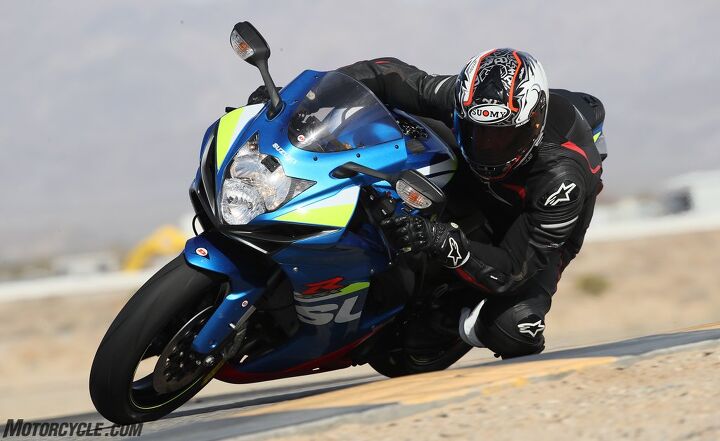 By definition, designing a motorcycle tire is an exercise in compromise. The perfect tire would have ultimate grip in every scenario and would never wear. Whoever can invent this unicorn tire capable of setting lap records and transcontinental travel simultaneously will cash in handsomely. Until then, however, we all have to live with compromise. Here in the real world, tire companies constantly battle with the challenge of balancing grip for longevity, and when it comes to track-worthy – and street legal – tires, the challenge becomes even greater; the tire should definitely provide enough grip to confidently hustle a motorcycle around a track but should also be robust enough to survive the everyday grind. If you’re Dunlop, you’ve done a fairly impressive job of it lately with the Q line of street/track tires. When the Q3 came out in 2013 (holy crap, has it really been that long?), I raved about its performance and how the marketing buzz words were more than mere hype. Four years on and Dunlop improved upon the Q3 with the Q3+, which John Burns sampled at the Circuit of the Americas. Promising slightly better grip with much greater longevity, the Q3+ was a clear step ahead of the Q3, and like I had done with the Q3, JB also left the test impressed with Dunlop’s latest Q tire. 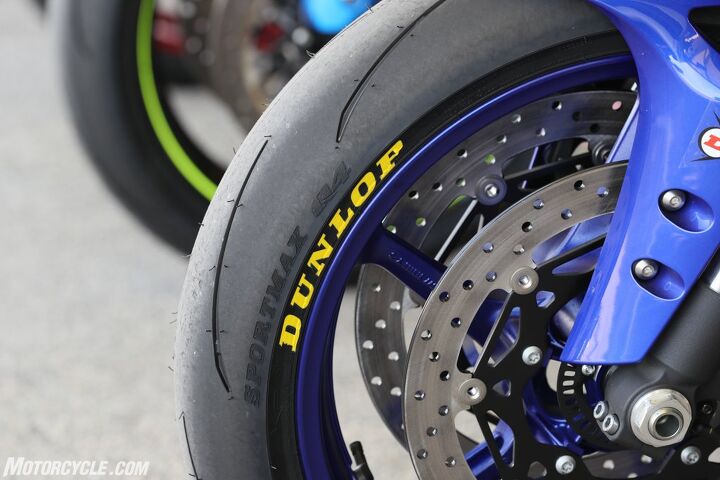
The latest addition to the Q line from Dunlop, the Q4 sits above the Q3+ as the go-to tire for trackday enthusiasts. So impressive was the Q3 line of tires, that when word got out about a Q4, naturally people thought it would be a successor to the line, just as the Q3 replaced the Q2. Not so! In Dunlop’s world, the Q3+ took the grip vs. wear balance and erred towards the latter. Nobody complained about grip, but in Dunlop’s eyes the glaring hole in its product line was a road-legal street/track tire veering in the other direction with just one mission: providing ultimate stick. Say hello to the Sportmax Q4. The Next Step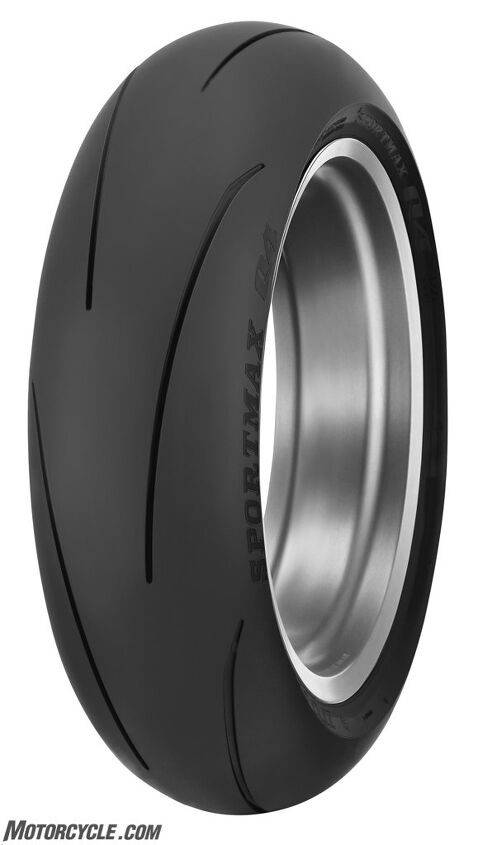
The first thing you notice about the Q4 is the aggressive tread pattern, with long siping down the middle and no tread on the tire’s edge. When you look at the Q4, the most obvious thing you see is its aggressive tread profile. A minimal amount of grooves down the middle of the tire – and none whatsoever along the sides – means the edge of the tire is basically like a slick when leaned over. This is exactly the design goal Dunlop was after, says John Robinson, one of the engineers of the Q4 and a frequent track rider himself. Land/sea ratio relates to the amount of rubber on the ground (land) versus the amount of tread to allow water to escape (sea), and the in the case of the Q4, Dunlop wanted a maximum amount of land and minimum amount of sea. Interestingly, when fully upright the Q3+ has more rubber on the road, but once leaned over the Q4 puts down a 34mm contact patch of rubber, which Robinson says is the maximum legal amount allowed from a street tire. From a construction standpoint, the Q4 is made the same way Dunlop makes its racing slicks. The rear utilizes what Dunlop calls Jointless Tread (JLT) technology. Essentially JLT allows for the tread to be extruded directly onto the tire’s carcass in one continuous strip. Seeing as he sits a few yards from the manufacturing facility, Robinson can even dictate the precise amount of tread, down to tenths of millimeters, across the face of the tire, to achieve specific performance characteristics. This was crucial during the prototyping phase of the Q4 because JLT is “essentially a 3D printer for tires,” says Robinson. In the case of the Q4, JLT construction increases tire stability and reduces flex, helping to create a larger and more consistent footprint during braking, cornering, and acceleration. As a bonus, the rear Q4 is up to one pound lighter than its equivalent Q3+ counterpart – a clear benefit when every bit of performance counts. 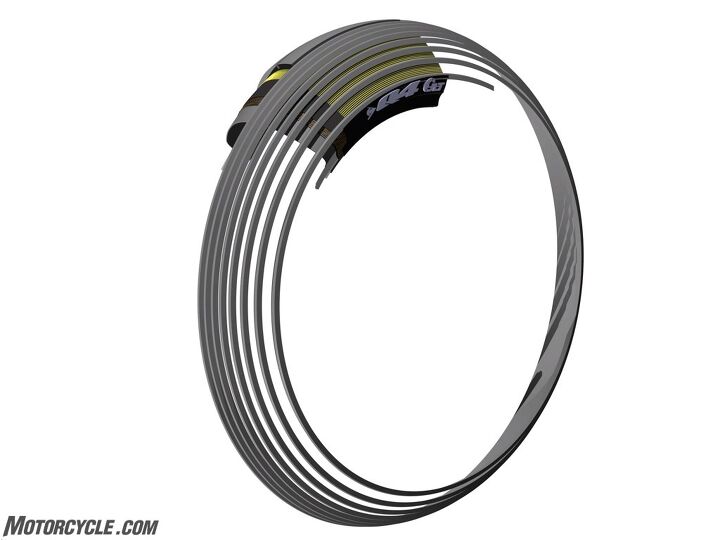
This over simplified illustration of the Jointless Tread technology paints a better picture of the continuous narrow strips of tread spread across the tire’s carcass. A technique perfected with the Q3, Carbon Fiber Technology (CFT) is again incorporated into the sidewall of the Q4; the light, strong, and durable material really coming into play at high lean angles to provide stability. One huge benefit of the Q4 is its independence from tire warmers – a very specific goal Dunlop had for these tires with the trackday enthusiast clearly in mind. Traditionally, fast warm-up times were achieved by using silica in the compound, but with the Q4 the rear is a single compound (unlike many competitors which use multiple compounds across the tire’s face) which doesn’t use any silica – it’s all carbon black like Dunlop’s racing tires, though the proprietary polymers and resins mixed with the carbon black is a chemistry Dunlop staff hold close to their chest. The last acronym to consider when talking about the Q4 is IRP, or Intuitive Response Profile. In essence, IRP is the nomenclature for Dunlop’s profile design, in which the rear tire has a tall center that tapers sharply towards the edges for quick and aggressive turn-in and transitions, with the added benefit of putting more rubber on the ground at high lean. And, apart from standard sizes for most supersports and liter-class machines (180/55-17 and 190/50-17), the Q4 rear is also available in 180/60-17, 190/55-17, and 200/55-17 to fit a wide range of Japanese and European motorcycles. In these additional sizes, the IRP further enhances the bike’s handling characteristics, as the profiles are even sharper than standard. 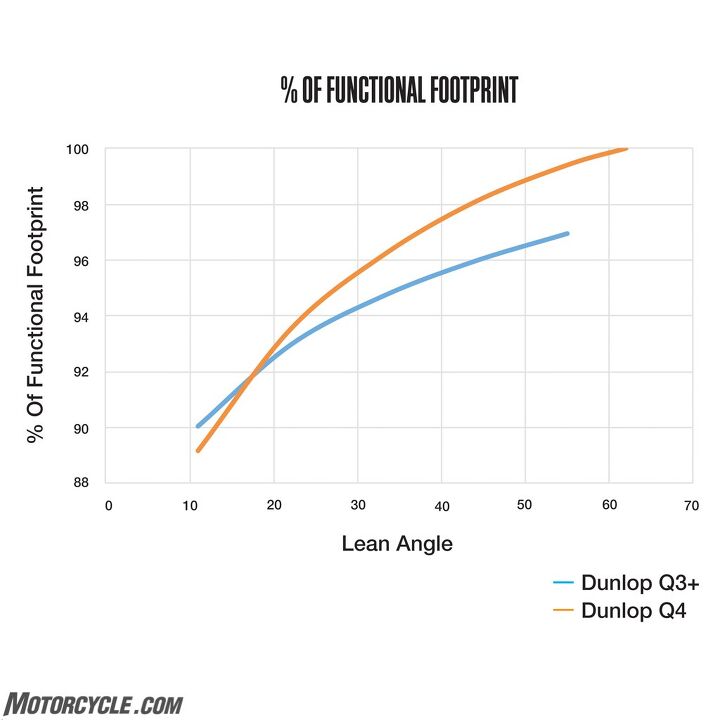
Interesting fact about the Q4: When it’s upright, the Q3+ actually has more rubber on the ground. Once the tire is leaned over, however, the Q4 has a much larger footprint. Putting Them To The TestAfter all the technical jargon, if we were to distill the Q4 to its main points, the important takeaways to remember with the Q4 is the extremely quick warm up times, huge land-to-sea ratio, and the fact Taylor Knapp – the former superbike racer turned Dunlop test rider – was able to achieve 62 degrees of lean (the most ever by a street-legal Dunlop tire) during the preseason MotoAmerica test at Barber Motorsports Park. Knapp was also able to set the tenth fastest time of the test aboard a relatively stock Suzuki GSX-R1000, running a stock engine, a pipe, and of course, the Q4’s. Let that sink in for a second – a relatively stock bike with street tires set the tenth fastest time against a field of superbikes. I’ve long been a fan of the Q3, and though I haven’t sampled the Q3+, I was eager to try the Q4, especially considering its track-focused nature. The scene of our test was Chuckwalla Valley Raceway, and Dunlop brought a few 600s and literbikes from Yamaha, Kawasaki, and Suzuki for us to try. At first, the bikes were fitted with OE sizes, but later were swapped for the other, taller sizes available in the range. 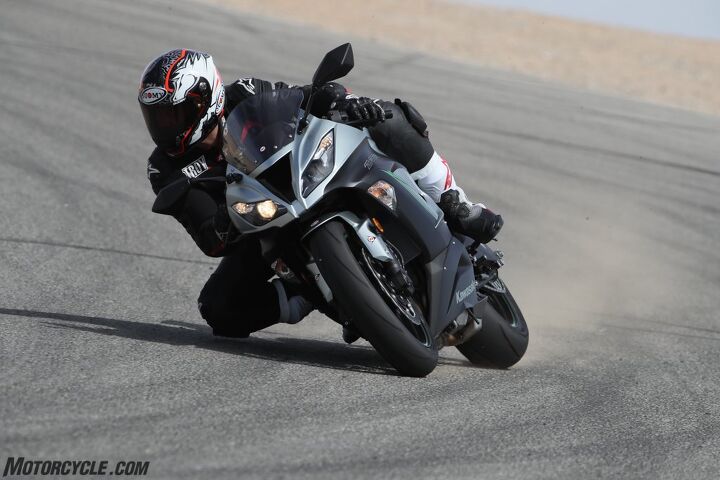
Super fast warm up times make the Q4 an excellent track tire. So much so that I didn’t even notice sand flowing across the track. Even though it was a warm day at Chuckwalla, the first thing you notice about the Q4 is how incredibly fast it gets to temperature. Even with brand new rubber, half a lap was all I needed to feel comfortable and start pushing a little more. Dunlop says cold pressures are very similar to street tires: 32 psi front, 30 psi rear, with a good baseline of 36 psi at both ends once the tires are hot. While the focus of the Q4 is around the rear tire, the front provides decent feel under trail braking, though it lacks those last few percentages of feel and stability at full lean compared to a dedicated DOT race tire, but this is to be expected. Overall turn-in and transitions were easy enough, but the clear difference came once we compared the standard fitment to the wider and/or taller options. Whether it was on a supersport or a literbike, the slightly taller profile transformed the bike, providing lightning quick agility from vertical. Then, once knees were planted into the ground, it was easy to see how Knapp was able to achieve the 62 degrees of lean – the taller profile is tapered so aggressively and puts so much rubber down on its side, one can’t help but try their own Marc Marquez elbow-down impression. 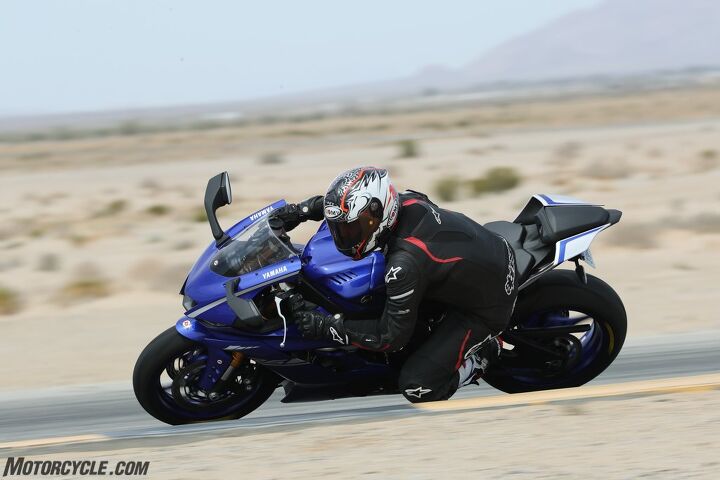
After swapping the rear tire on this Yamaha R6 to the 180/60-17, the difference in handling was immediately noticeable. Steering sharpened considerably, and the bike was eager to lay on its side. Super fast warm-up times, cat-like agility, and massive contact patches are definite highlights of the Q4. However, a few factors kept me from being blown away by the tire like I was when I first rode the Q3. For starters, by the end of our day at Chuckwalla, the tires looked to be showing some fairly considerable wear. Granted, the assembled group of journos present did flog the bikes for a number of laps, but I imagine the hardcore track junky who can confidently run in the fast group would start to consider new hoops by about the third trackday. More to the point, though, the Q4’s didn’t provide the outright grip I expected at full lean. I admit, having just recently sampled the Bridgestone Battlax R11 DOT race rubber, the bar was set quite high, but even with my lowered expectations, the Q4 left me puzzled. While I know the Q4 is basically a slick once on its side, from where I was sitting, the tire didn’t communicate to me a huge contact patch was available for the taking. And once the tire started to wear, the power from a literbike was enough to overwhelm the rear (relatively) easily. 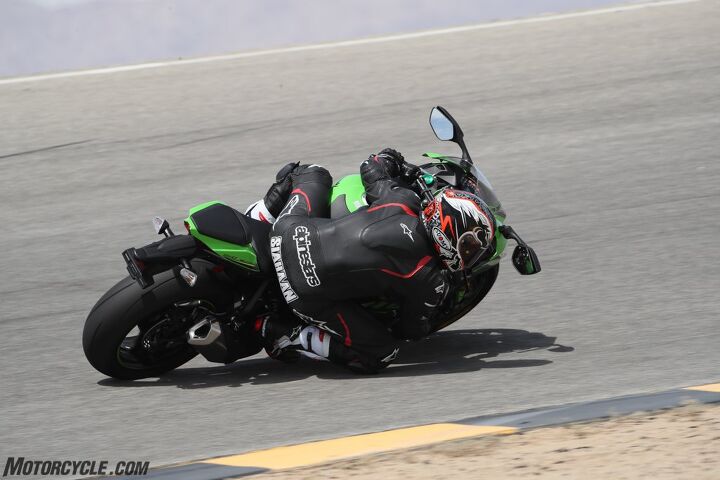
Once fitted with the 200/55-17, this Kawasaki ZX-10R was also eager to lean. Unfortunately, moments after this picture was taken, the rear lit up even though I wasn’t aggressive with the throttle. On more than one occasion, on both a Kawasaki ZX-10R and Yamaha YZF-R1, what I thought was a gentle application of power on corner exit spun the rear quickly (traction control was turned down to its lowest setting), making it difficult to control. This forced me to wait just a little longer to get the bike more upright before turning on the jets. Other testers on hand shared similar thoughts to mine, confirming my feelings. This wasn’t such a problem with the supersport machines though; the reduced power meshing well with the Q4’s available grip. With this in mind, Knapp’s ability to lap within a few seconds of superbike times with these tires firmly reminded me how much I suck… The TakeawayWith that said, it’s important to define what the Q4 is, and just as importantly, what it isn’t. While the Q4 sits above the Q3+ in terms of track worthiness, it’s below the GP-A – Dunlop’s DOT racing tire. Unlike the GP-A, however, which is only available through select trackside tire vendors, the Q4 is available through any Dunlop retailer, including trackside vendors. Price-wise, Dunlop says to expect Q4 to be about 10%-15% more than the Q3+, as retailers often have vastly different pricing to what Dunlop lists as MSRP. Visit the Dunlop website for more information. 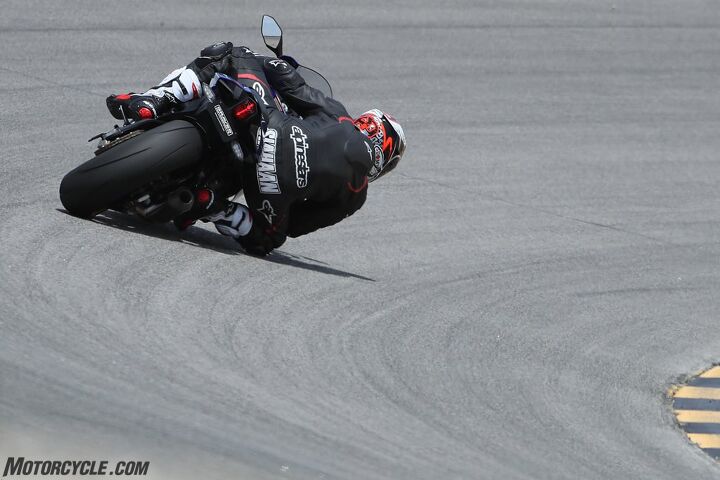
There’s no doubt the Q4 can get a rider into some serious lean angle, and in many ways it’s an excellent track tire. But it also leaves something to be desired, especially for those on liter-class machinery. At the end of the day, I’m left feeling torn about the Q4. I’m very impressed with the ability to toss your tire warmers. From there, the tire’s agility (if you opt for the non-standard sizes) can completely transform a bike’s handling, with minimal need to adjust other settings. If you’re not riding a fire-breathing motorcycle with the numbers 1, 10, or even 1200 in its name, then the Q4 could be a great track tire. But I expected a little more edge grip and communication, which held me back from pushing like I wanted. And if you’re fast enough to race competitively, or ride a literbike quickly in the A group, these traits might bother you, too. 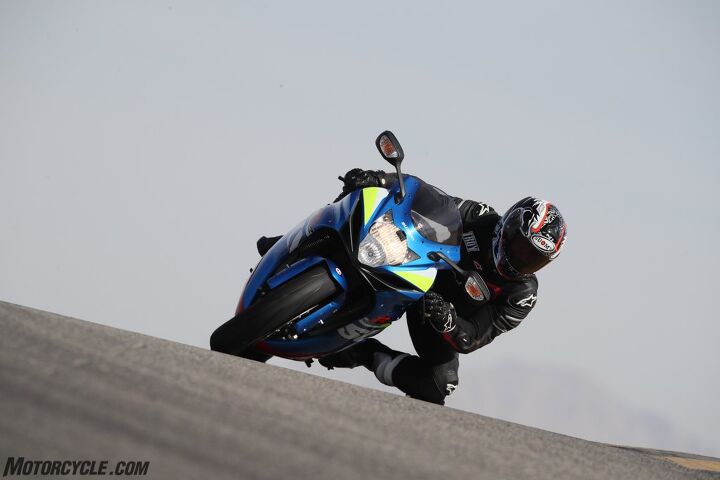 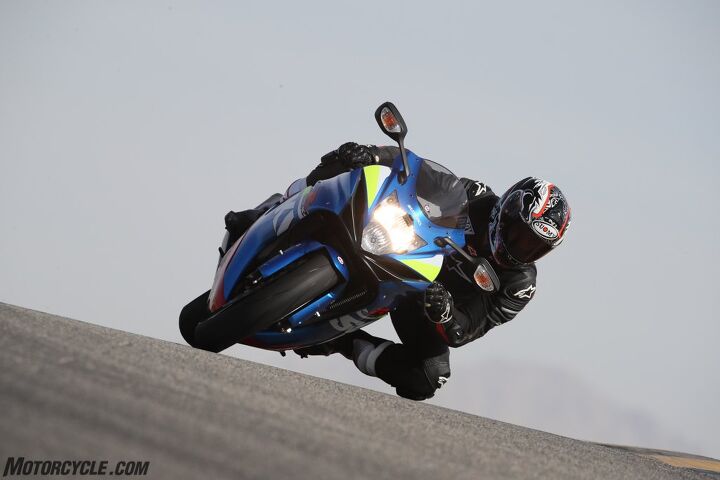 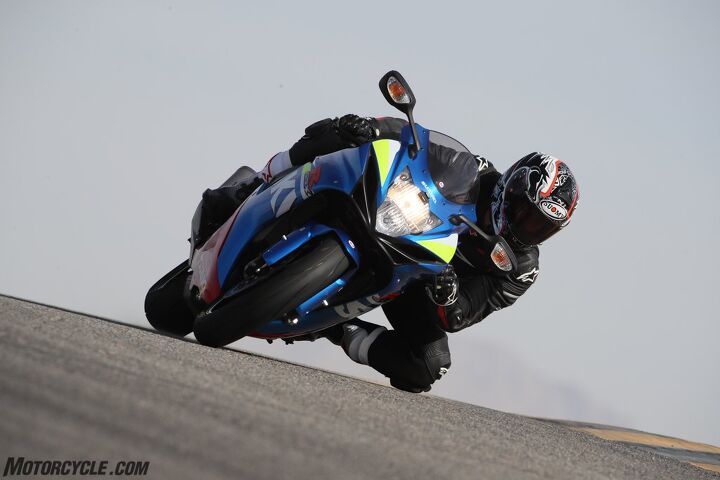 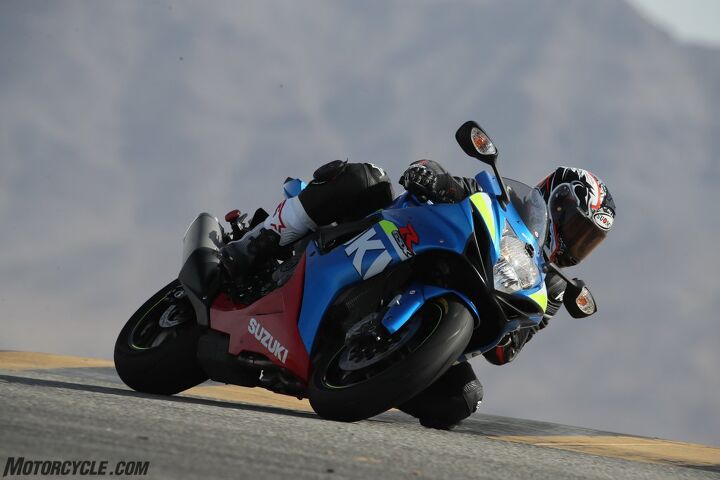 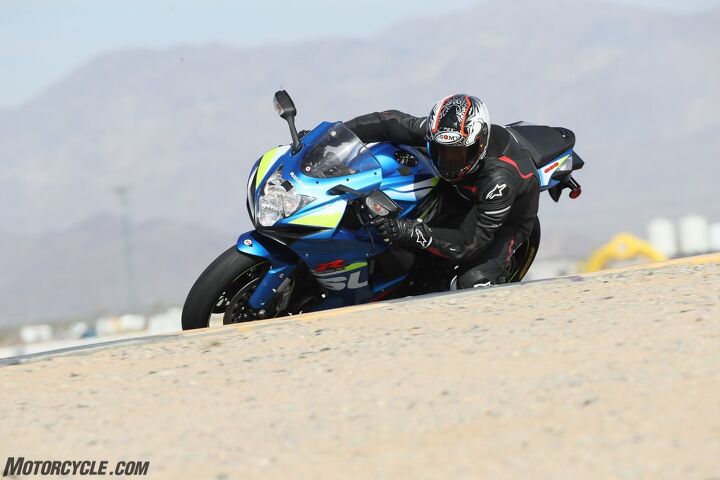 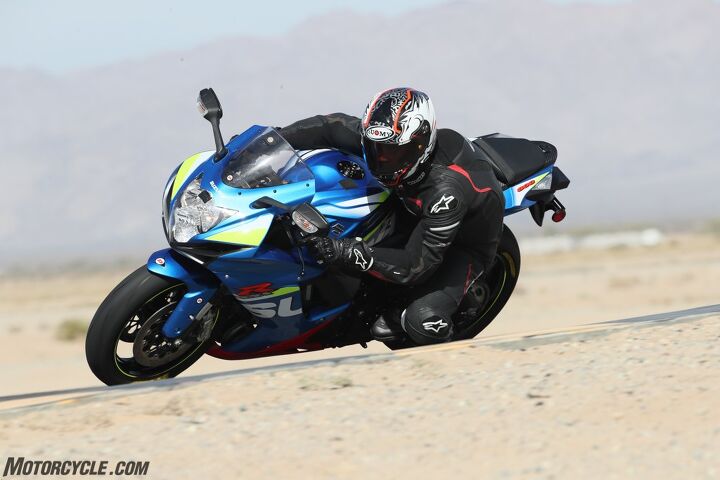 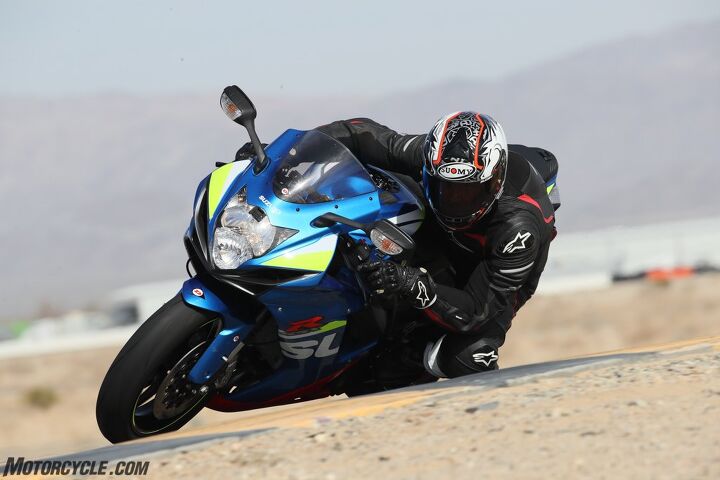 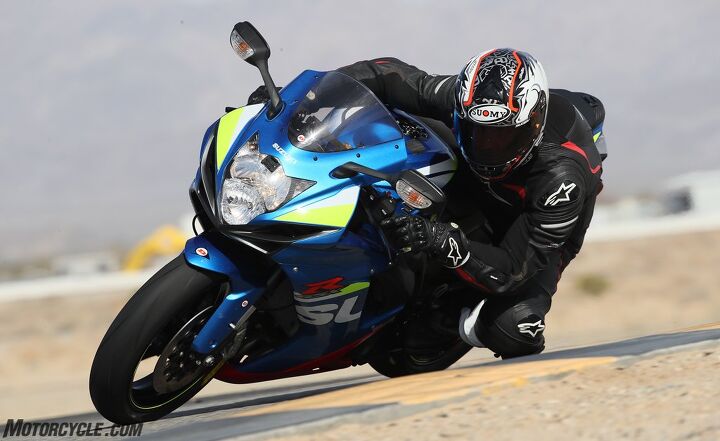 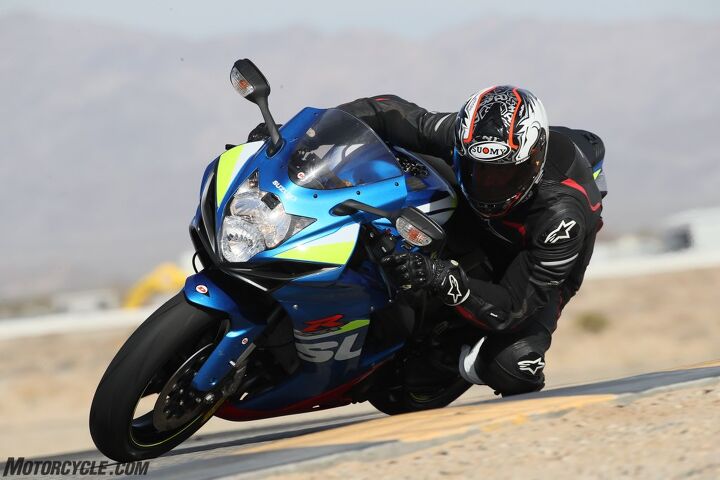 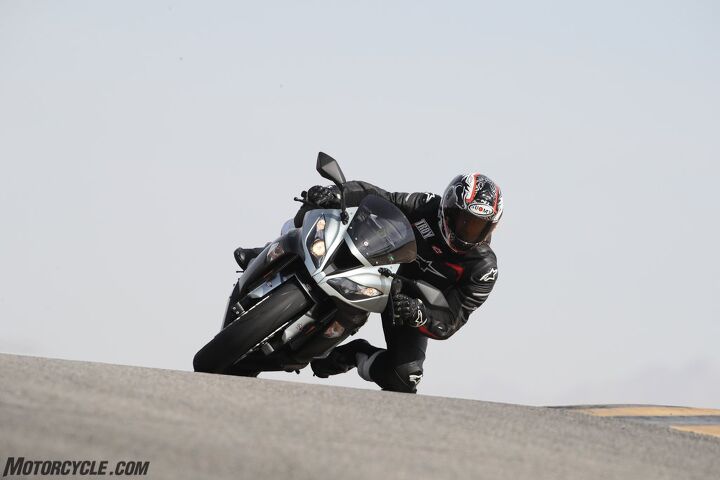 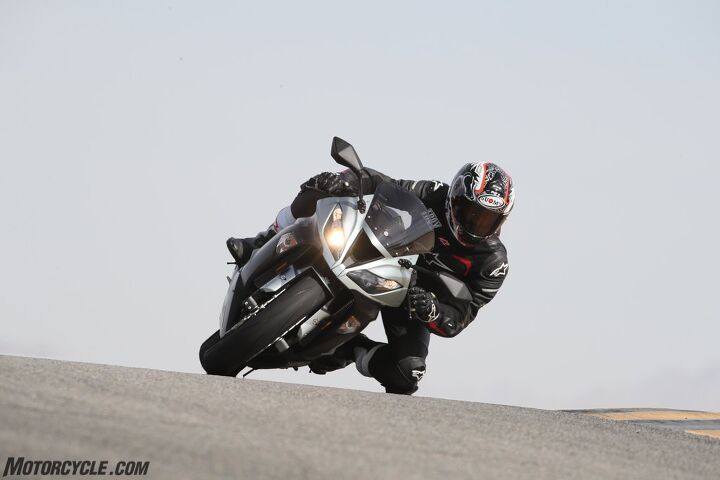 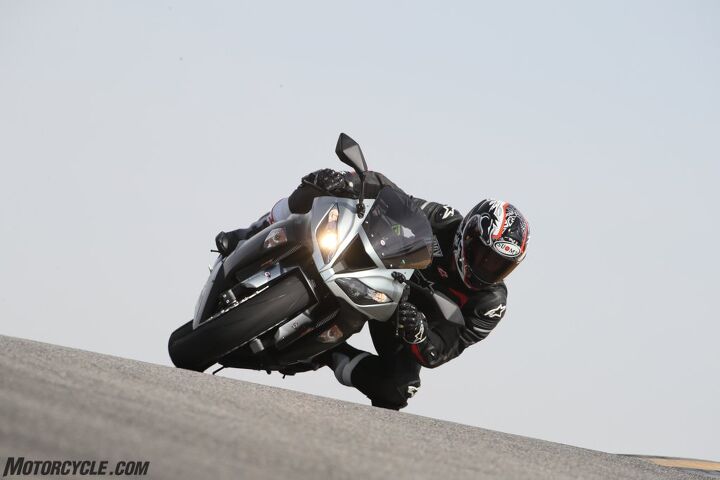 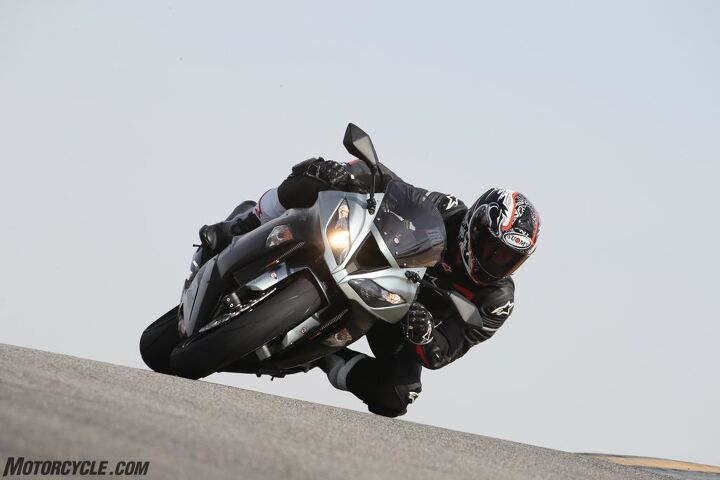 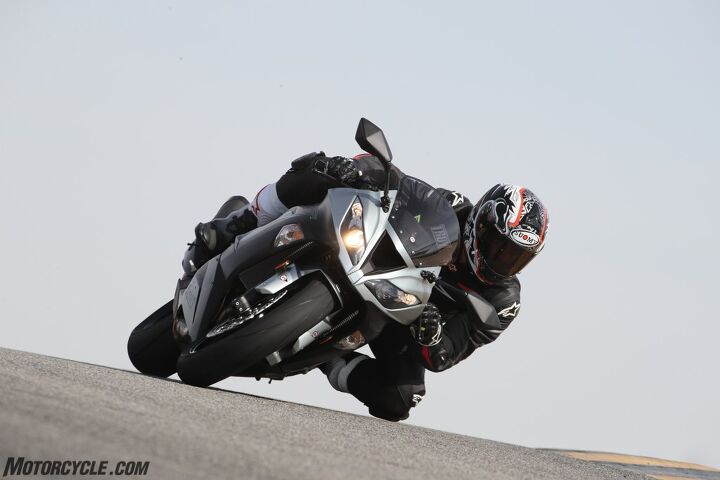 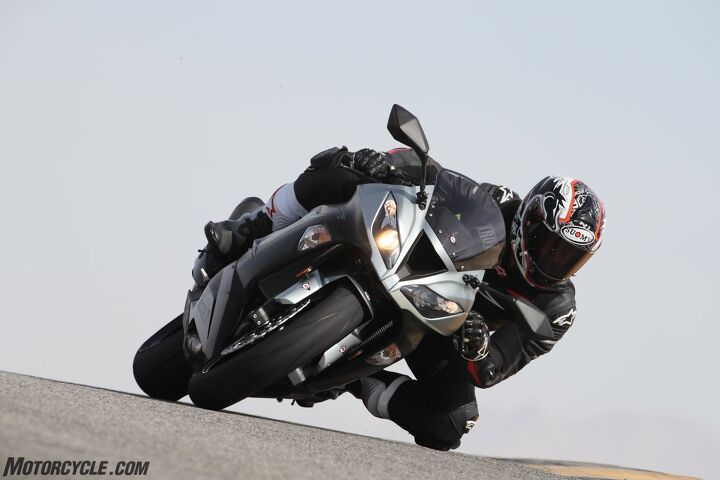 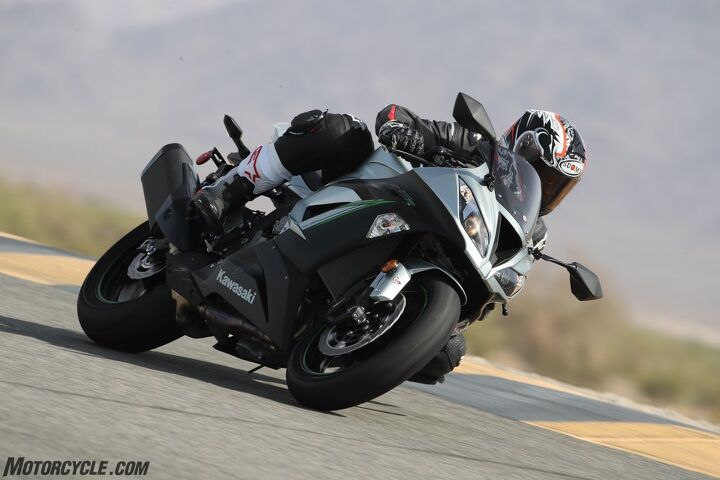 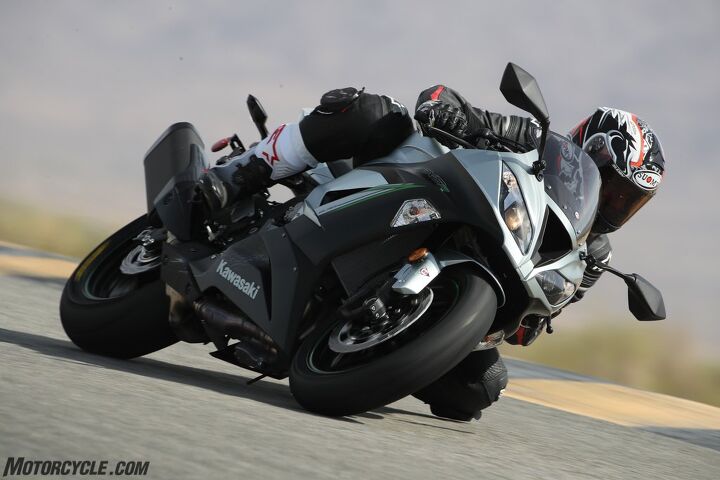 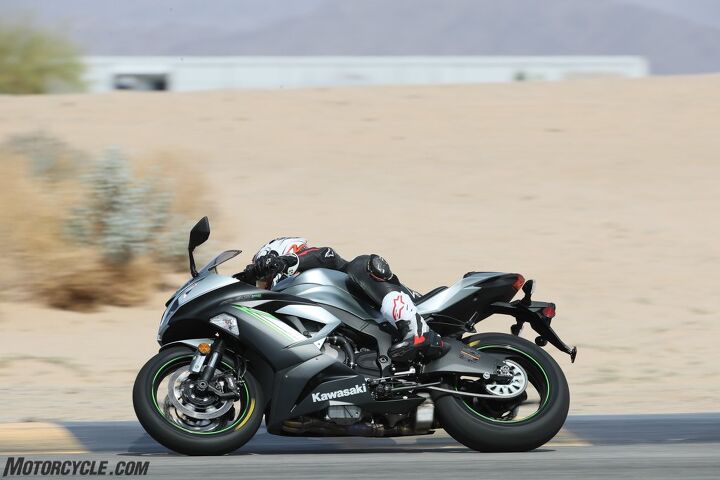 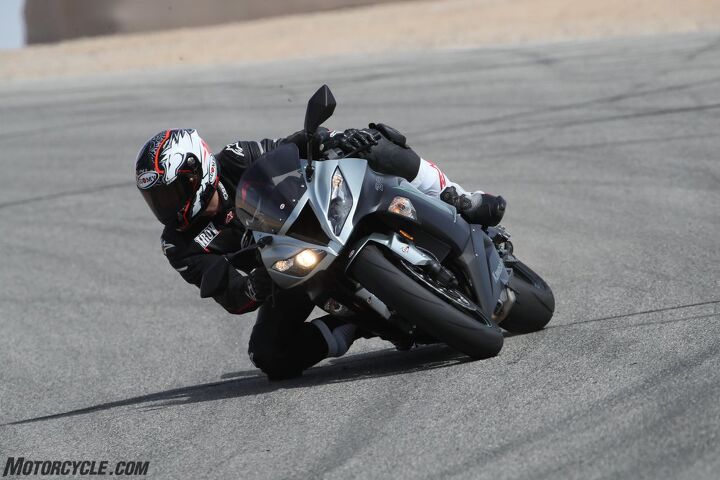 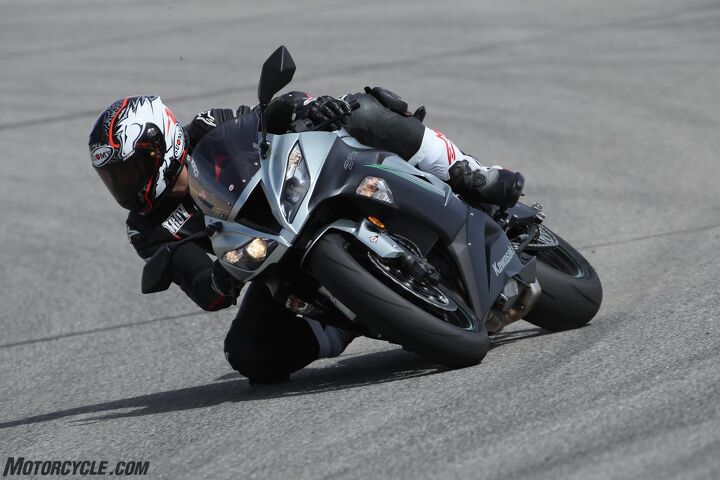 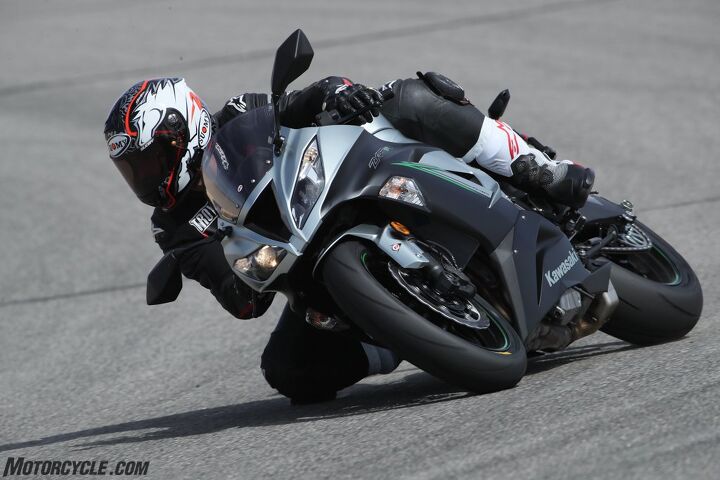 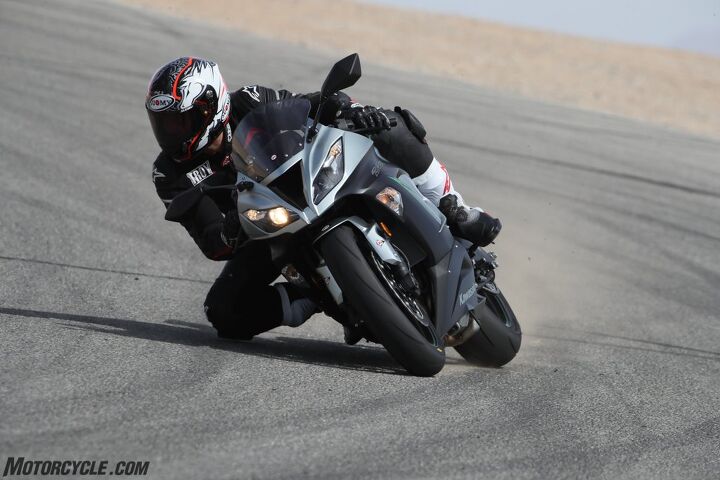 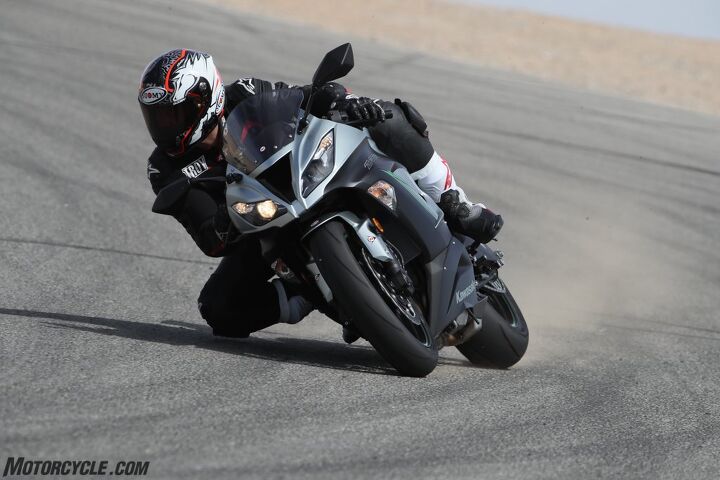 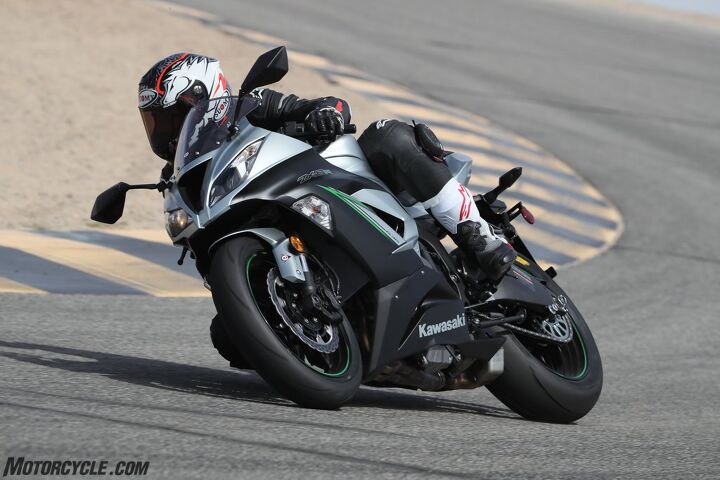 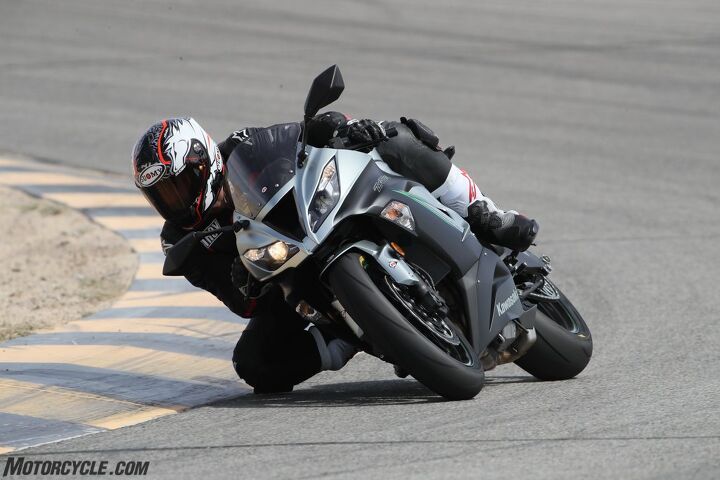 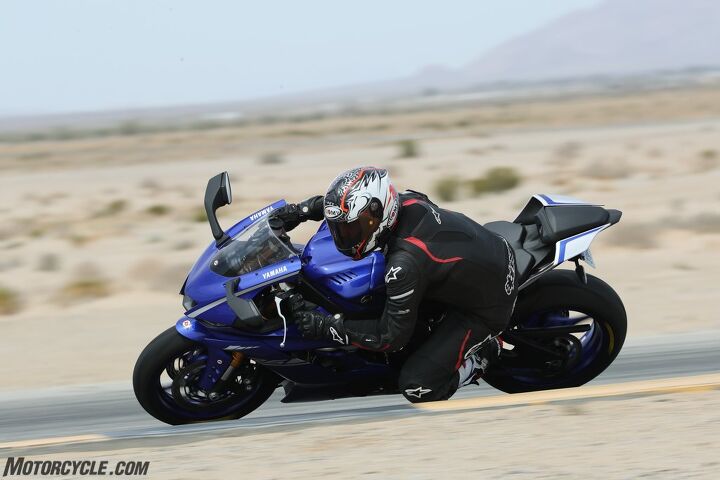 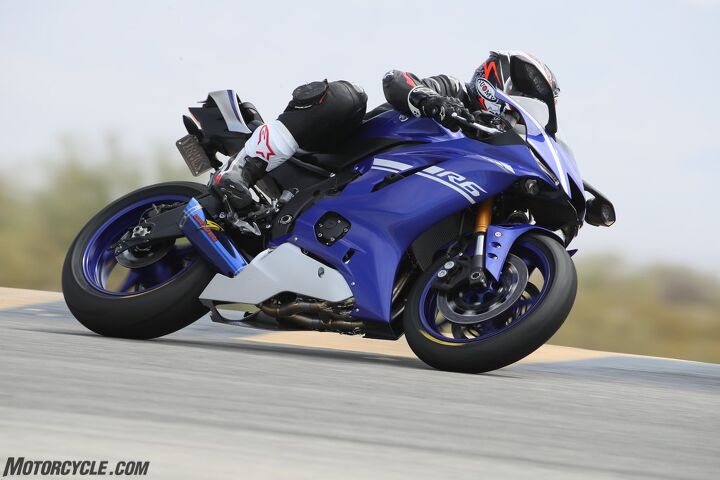 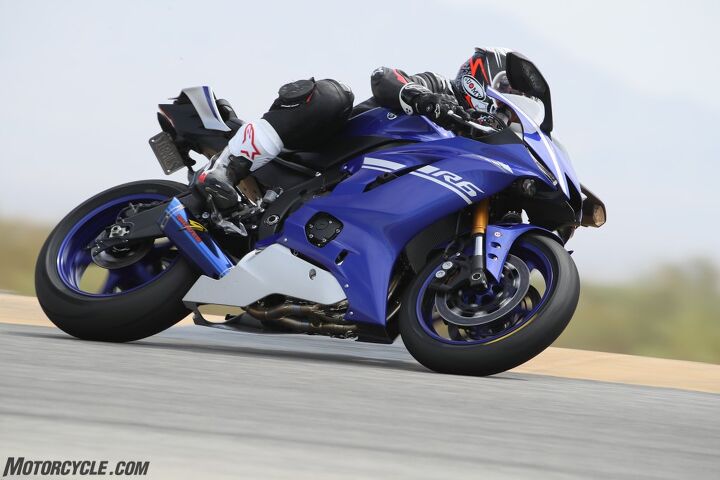 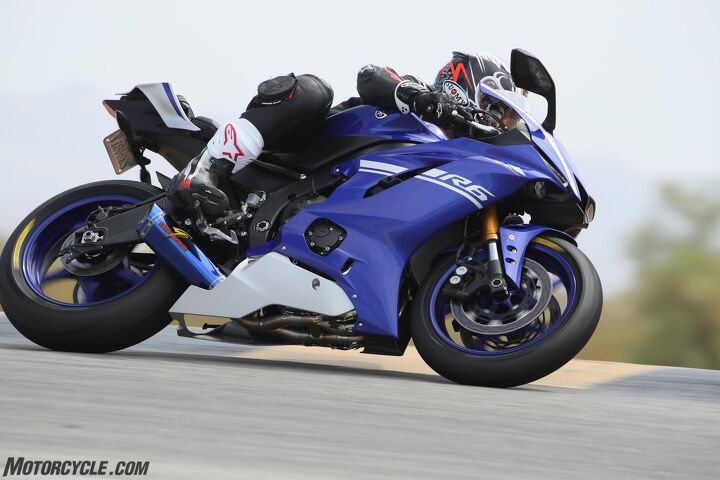 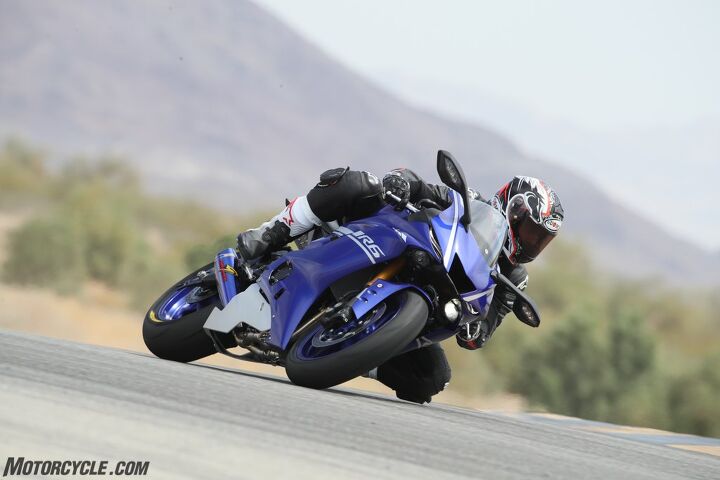 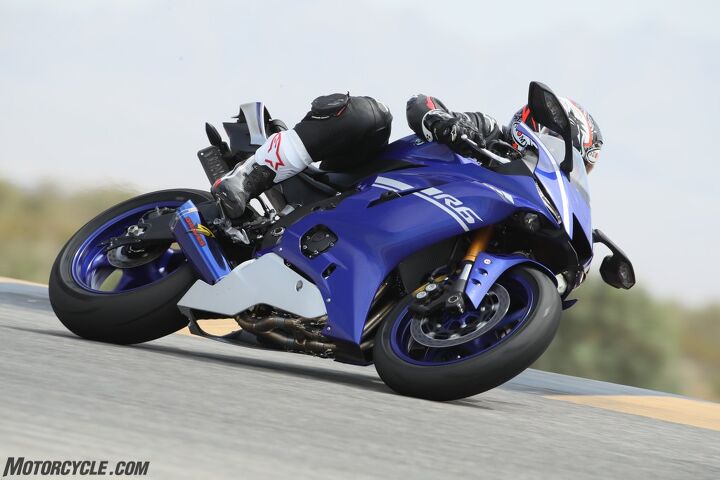 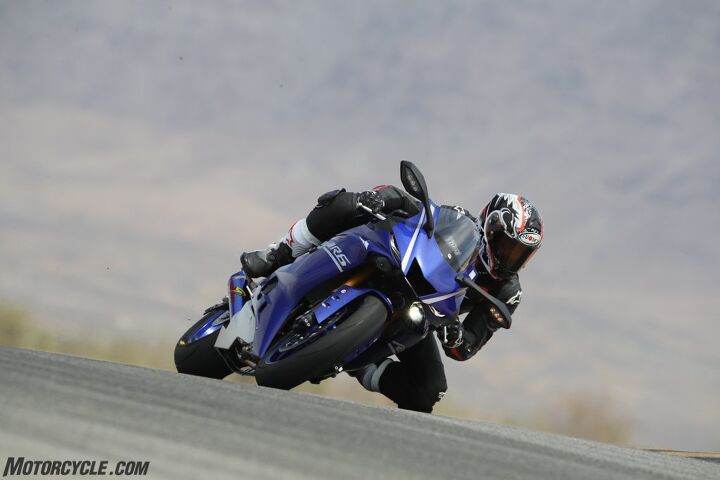 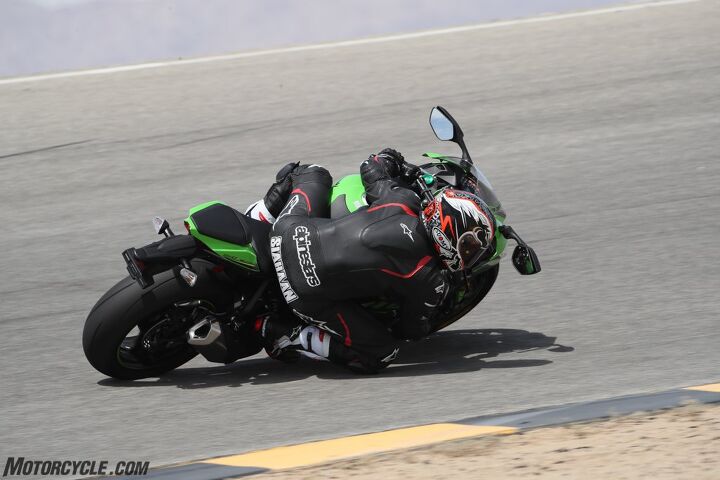 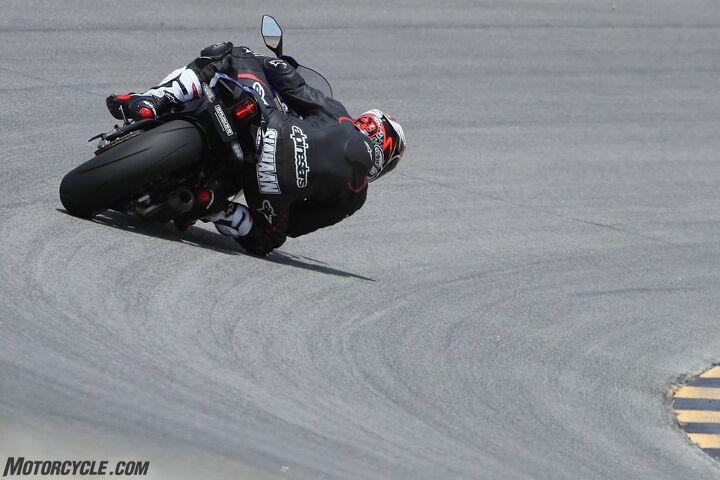 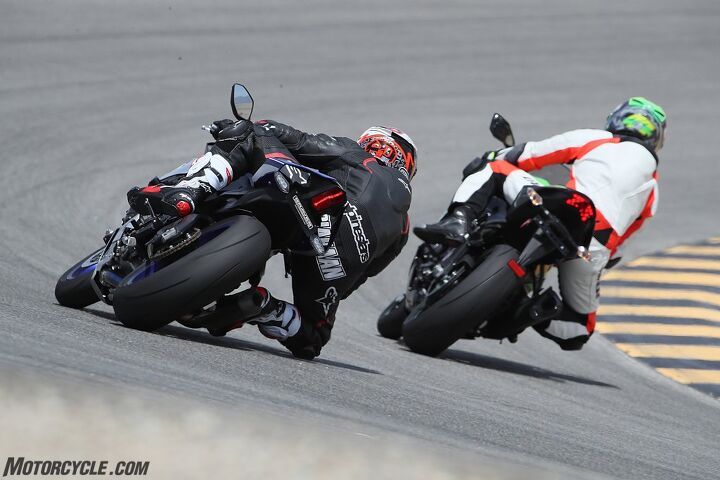 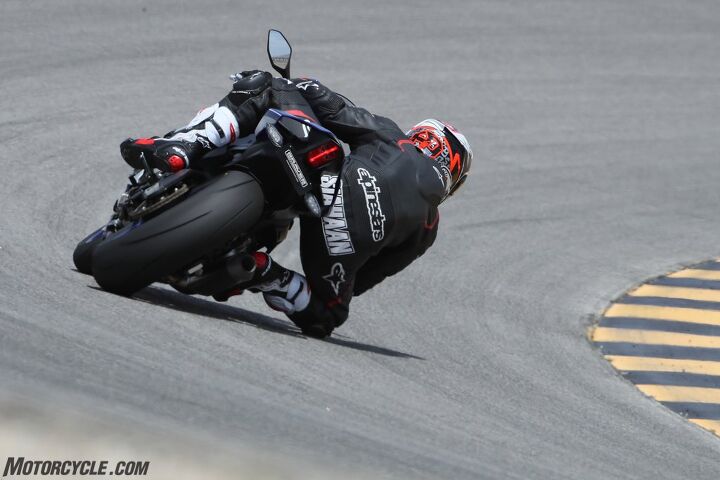  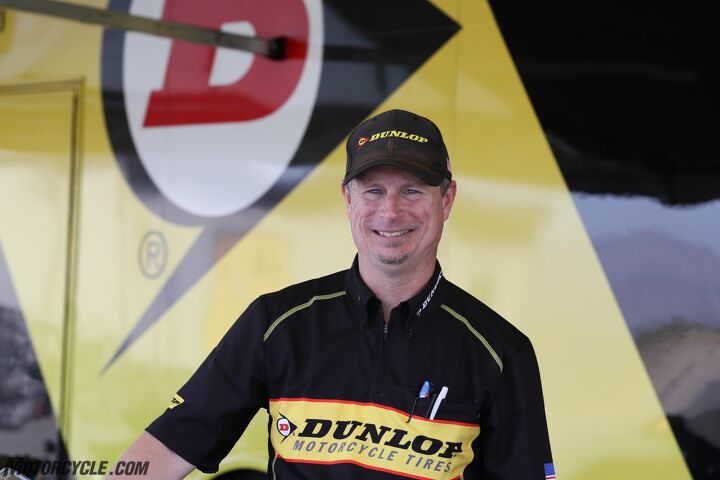  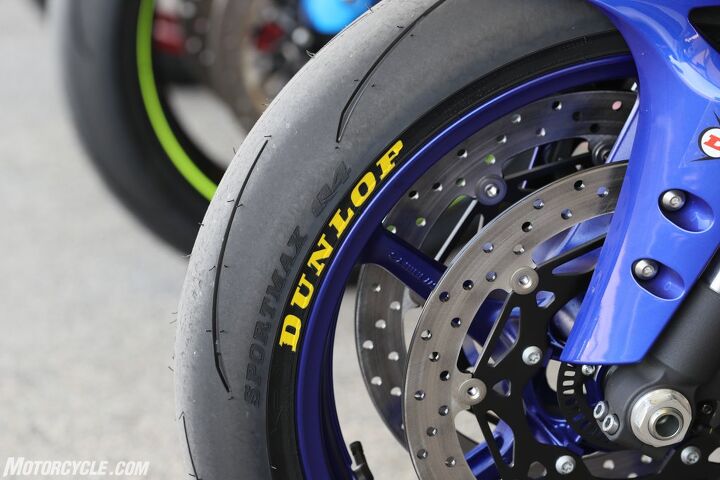 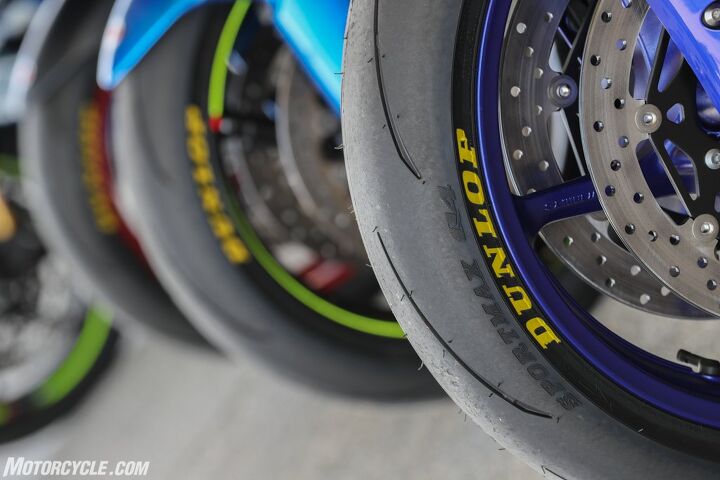 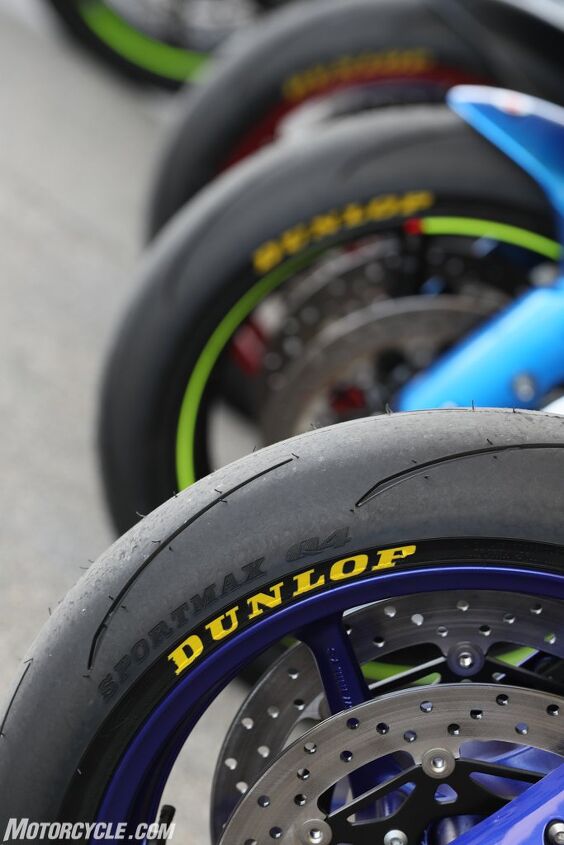 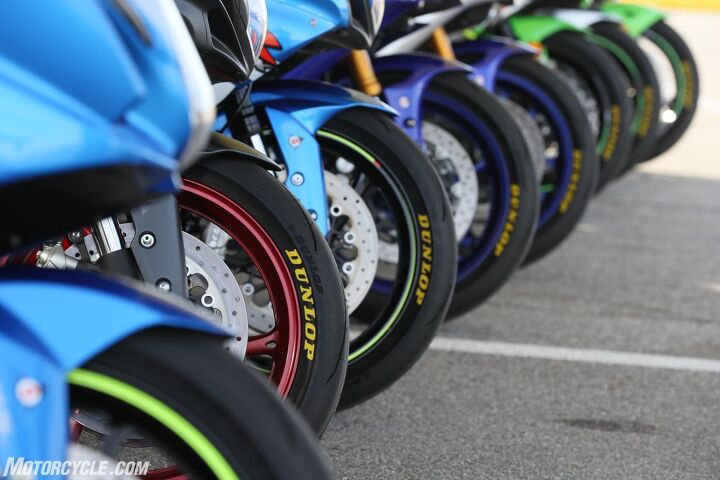 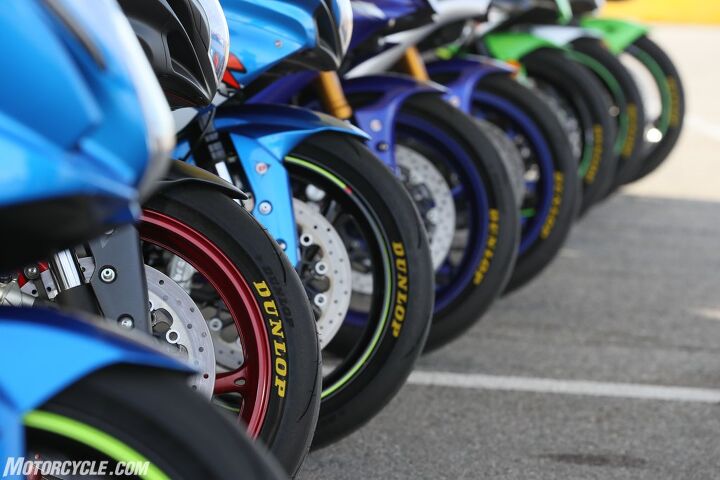 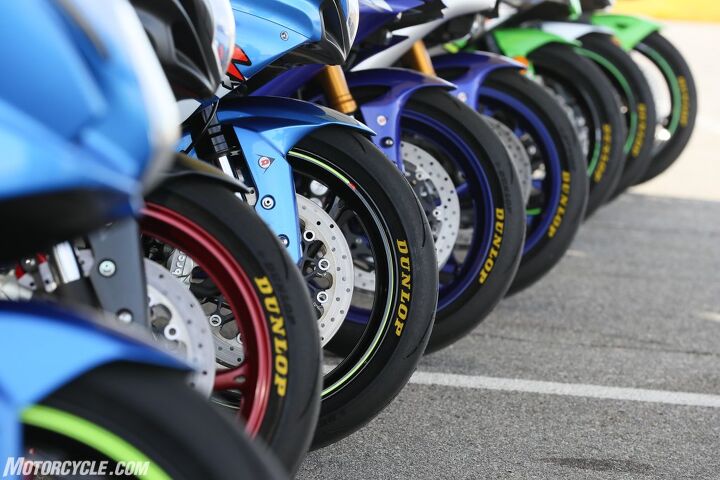 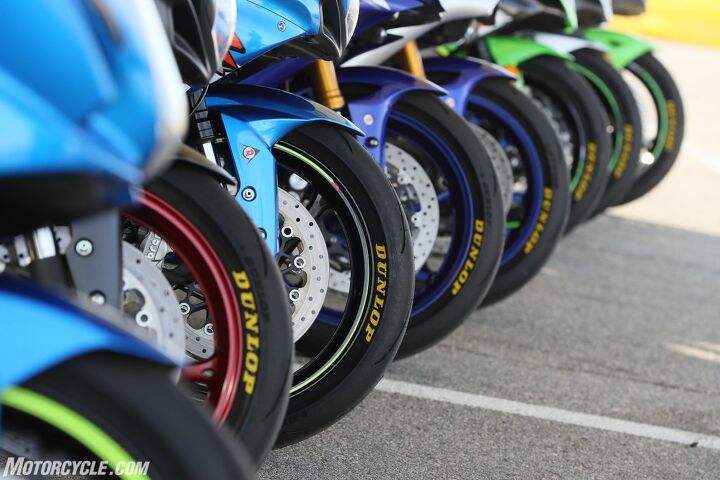 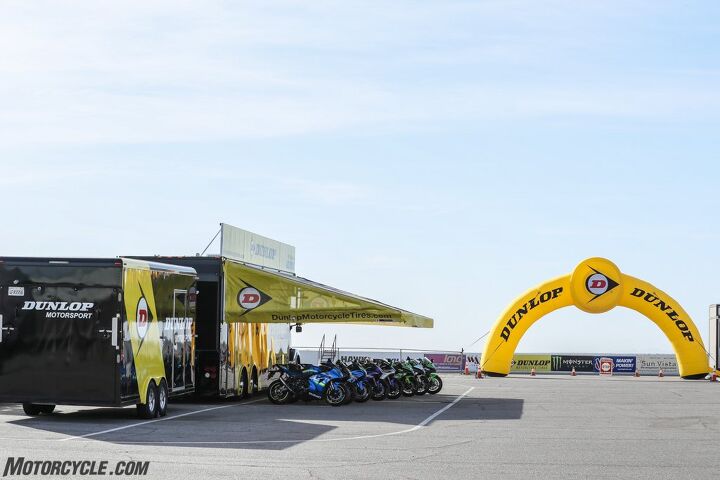 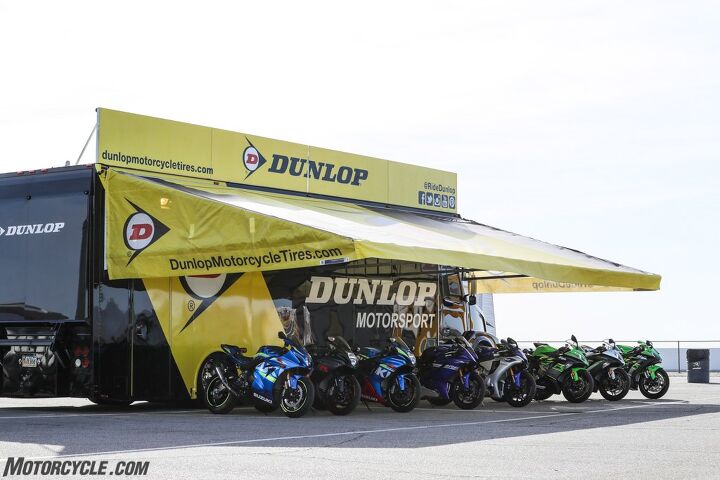 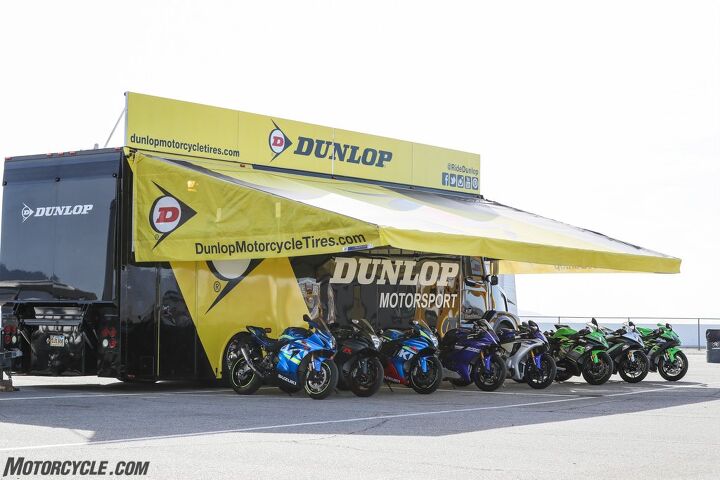  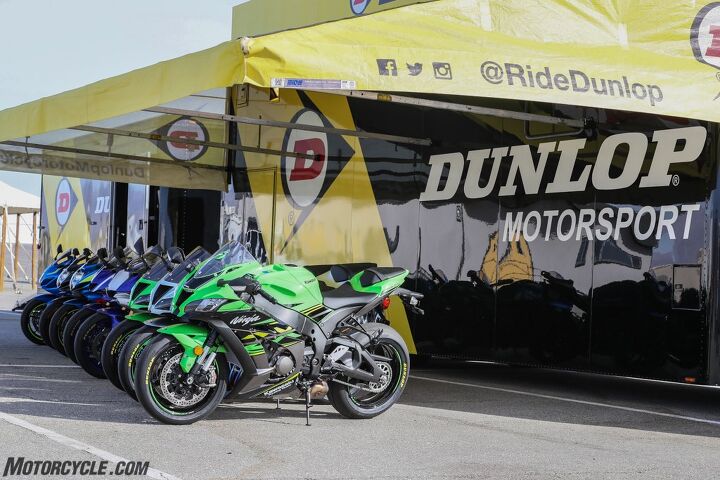 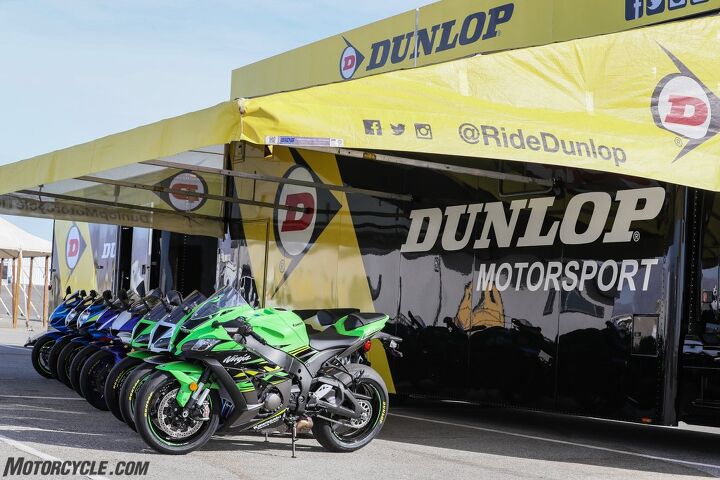 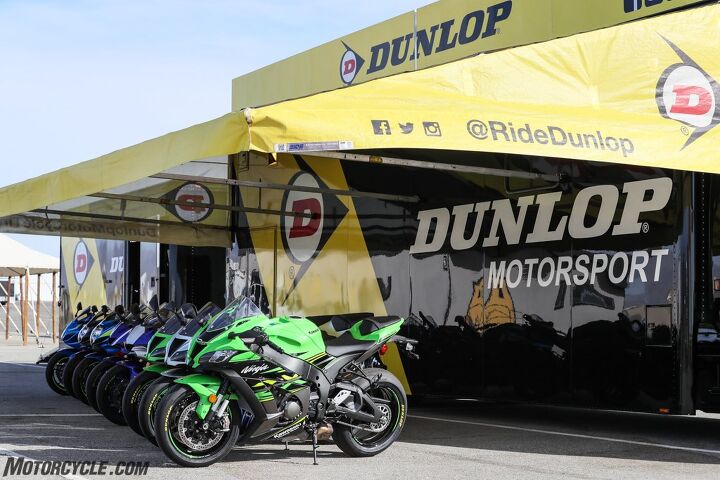  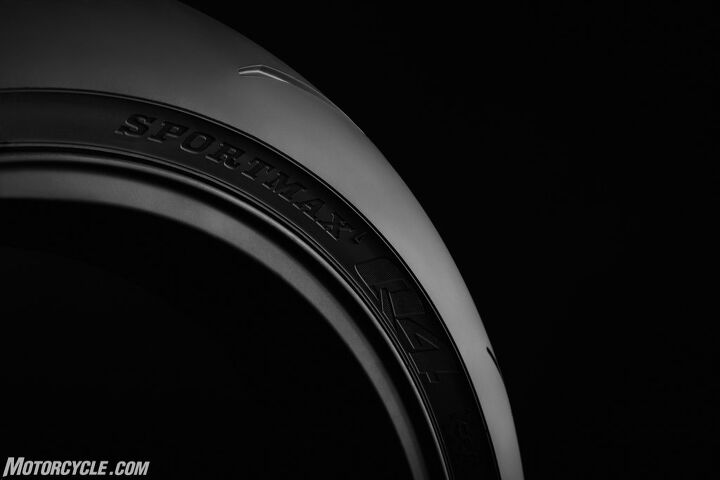 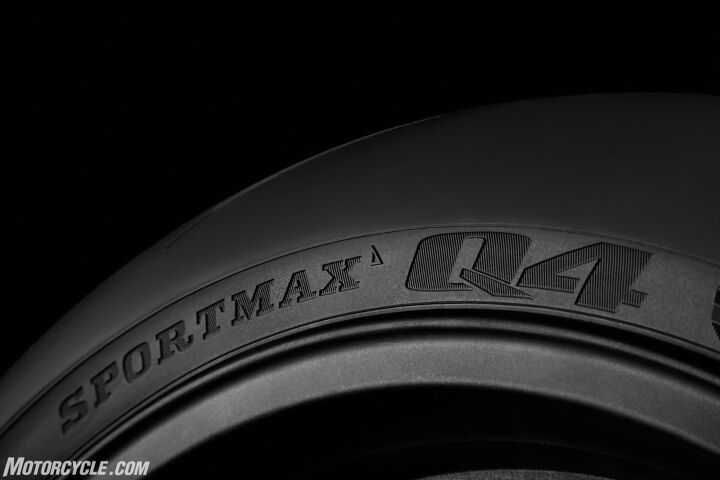  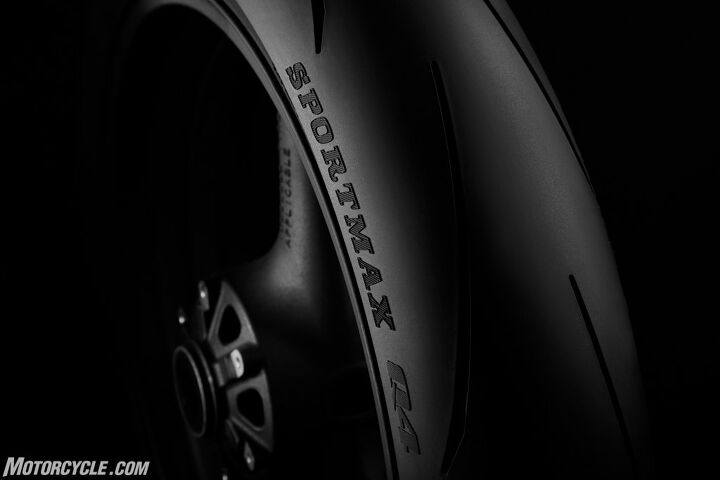 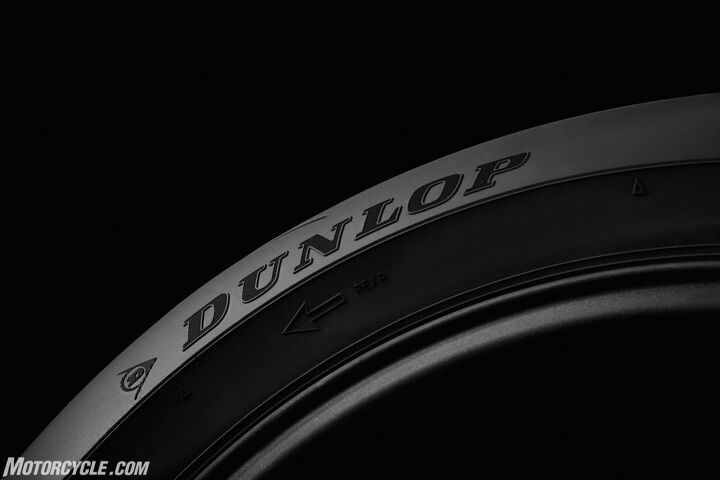 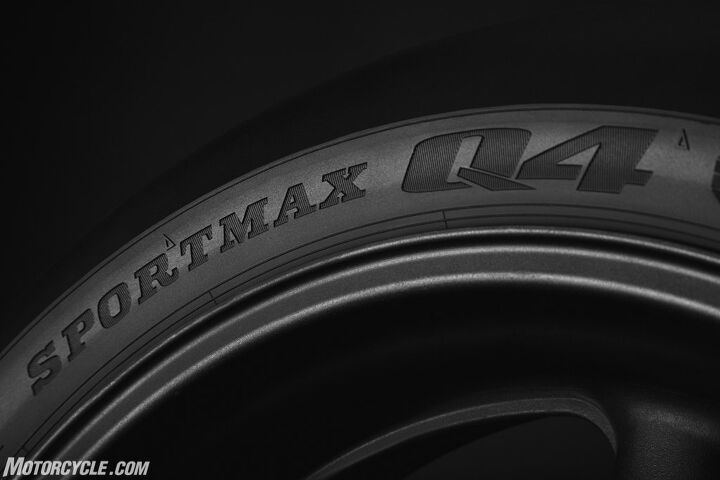 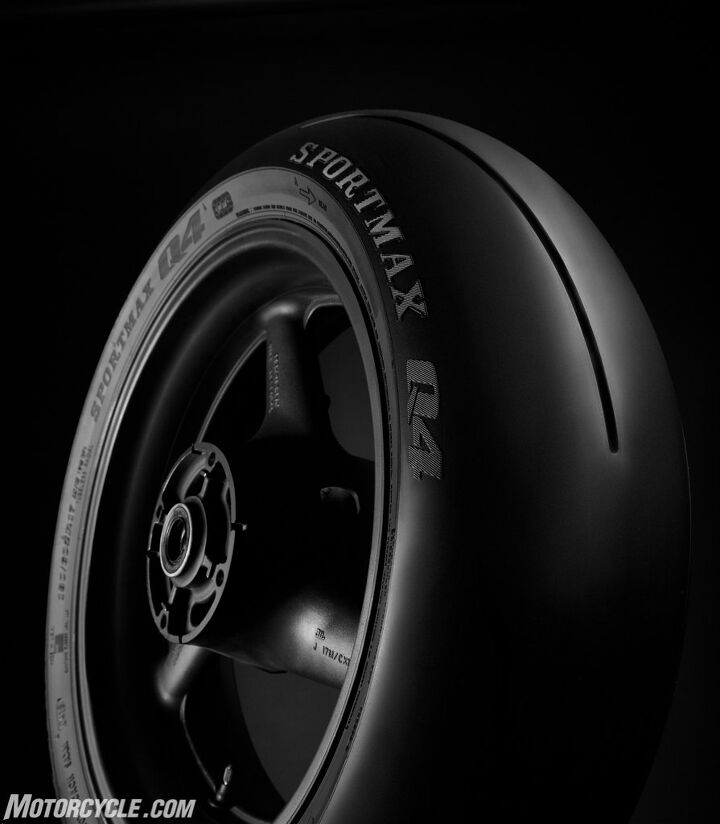 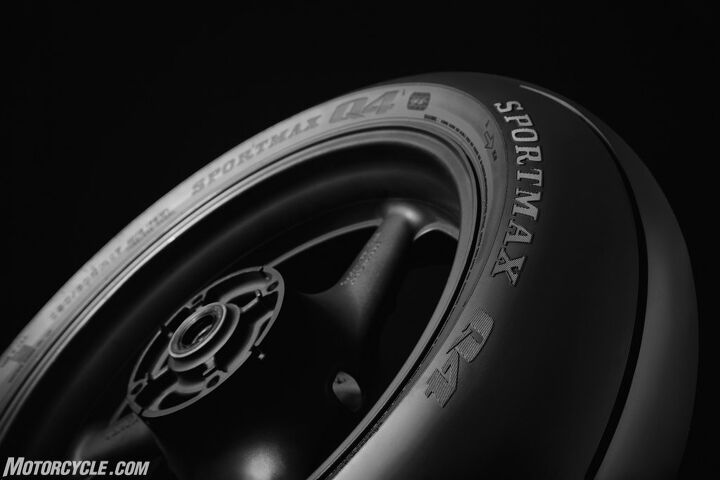 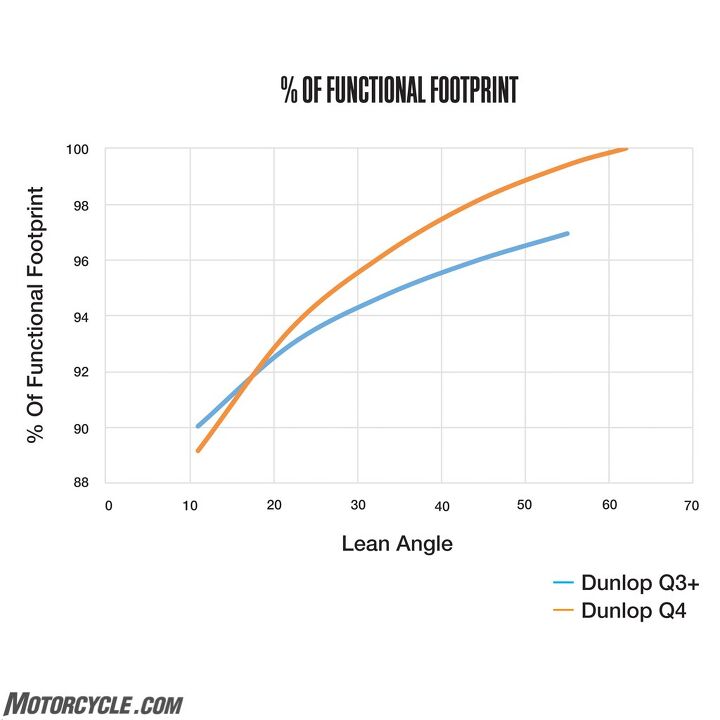 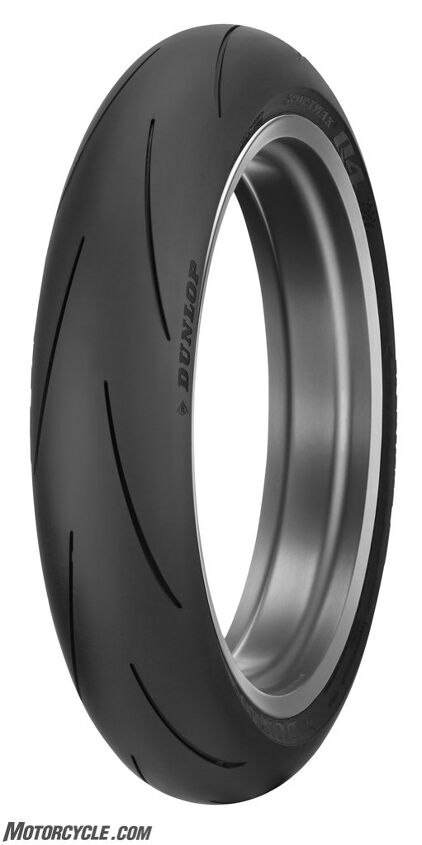 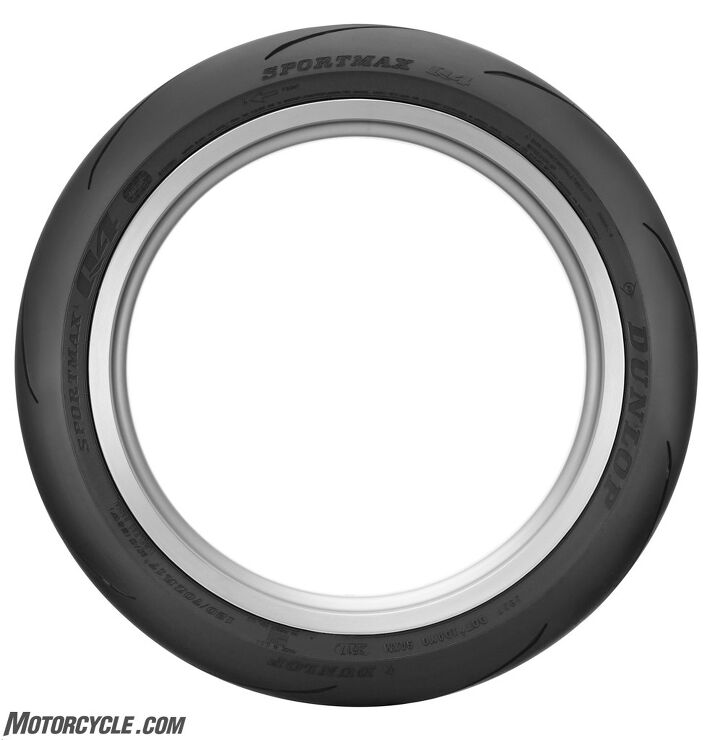  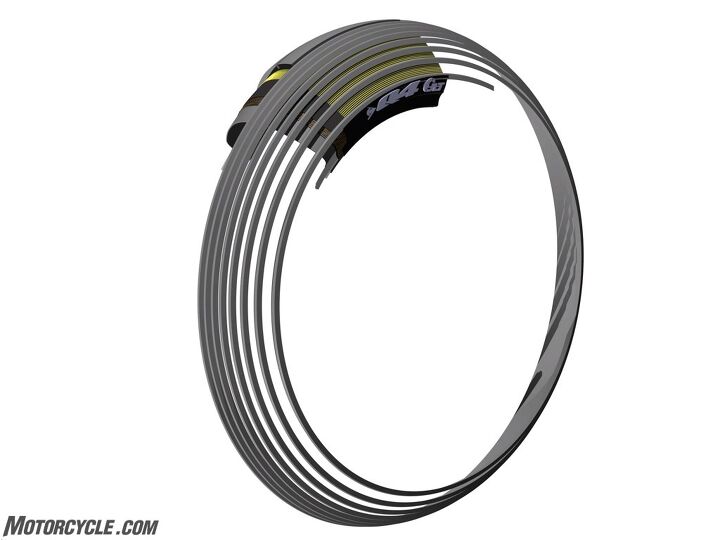 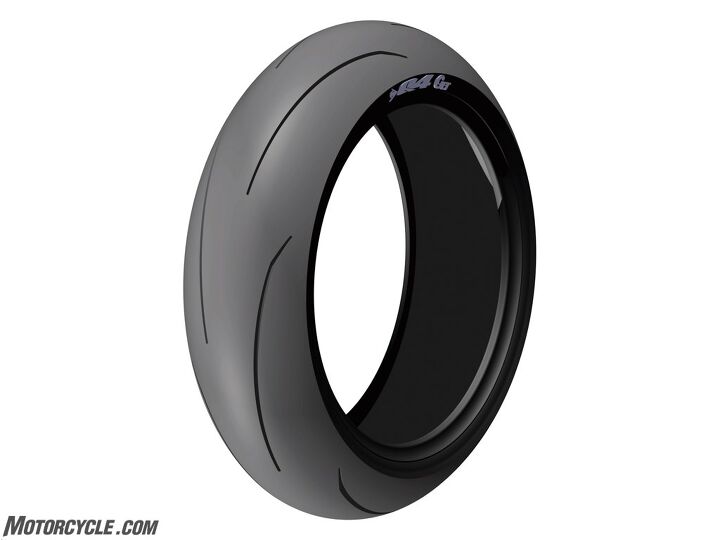 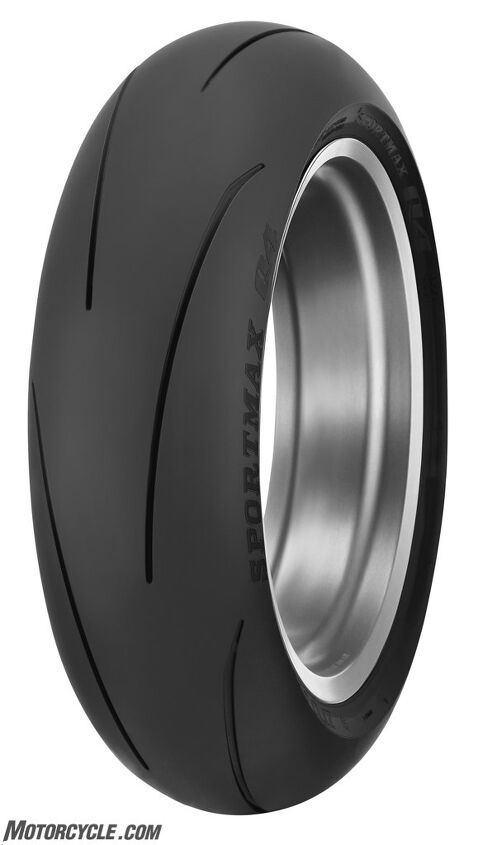 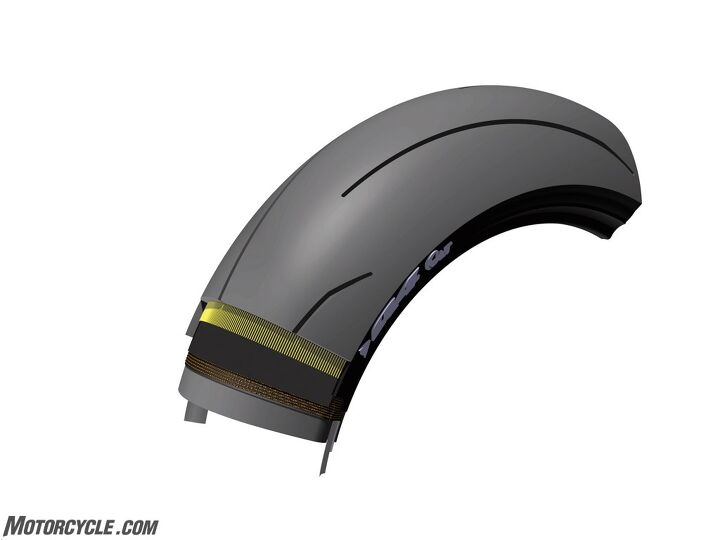 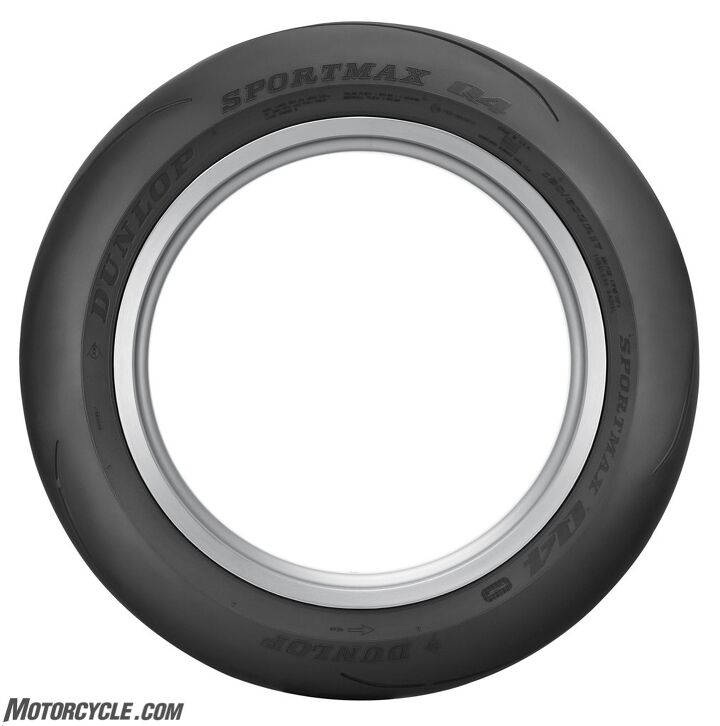 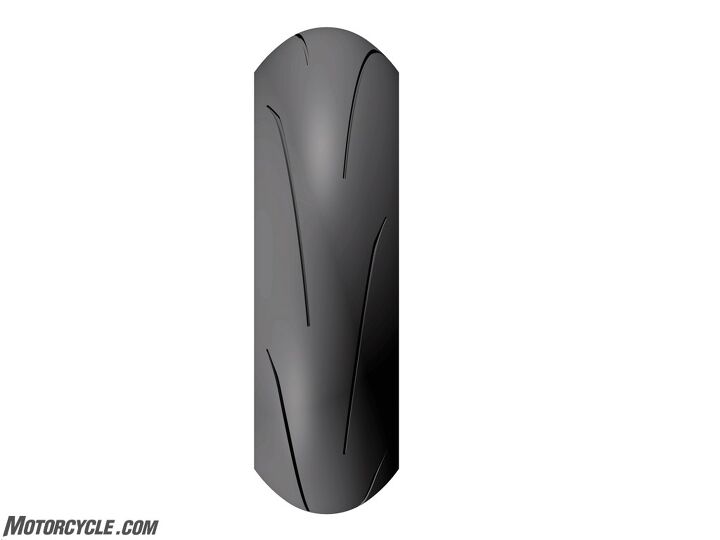 
The post Dunlop Sportmax Q4 Review appeared first on Motorcycle.com. Motorcycles via Motorcycle.comMotorcycle.com https://ift.tt/Xzx9iy May 15, 2018 at 06:44PM Leave a Reply. |
�
Categories
All
Archives
November 2020
|


 RSS Feed
RSS Feed

5/15/2018
0 Comments